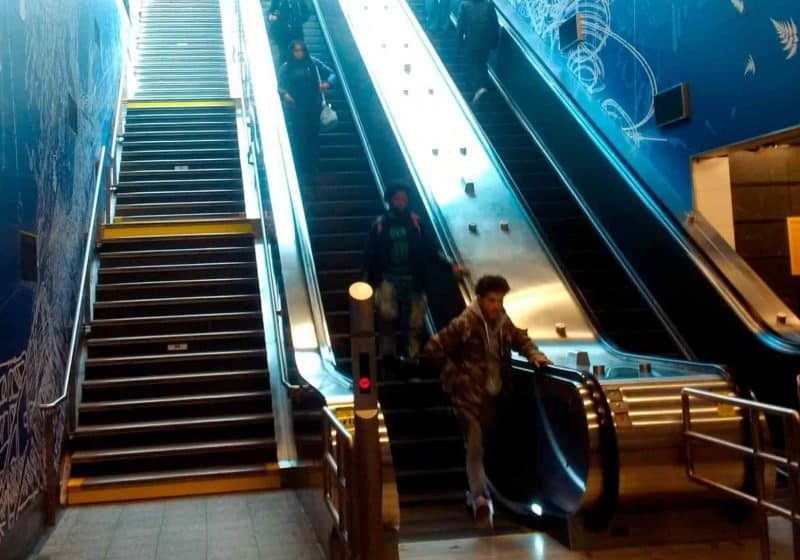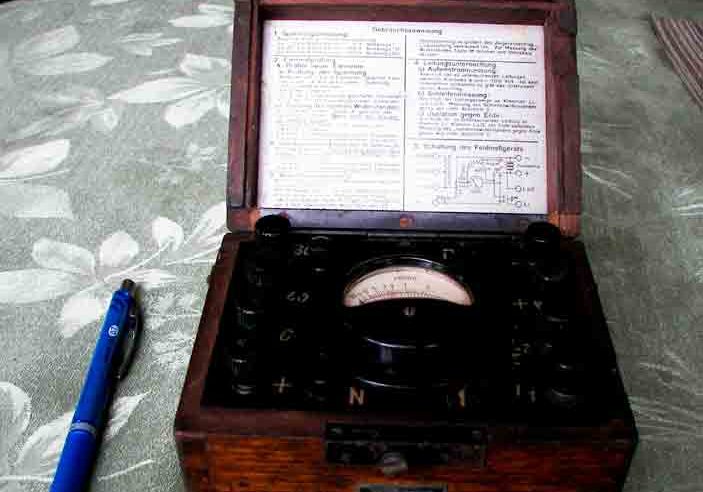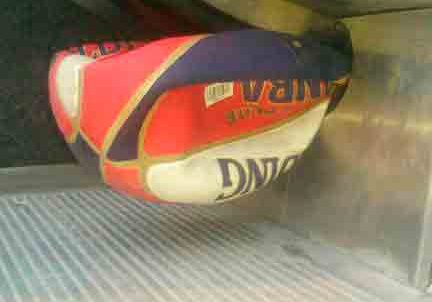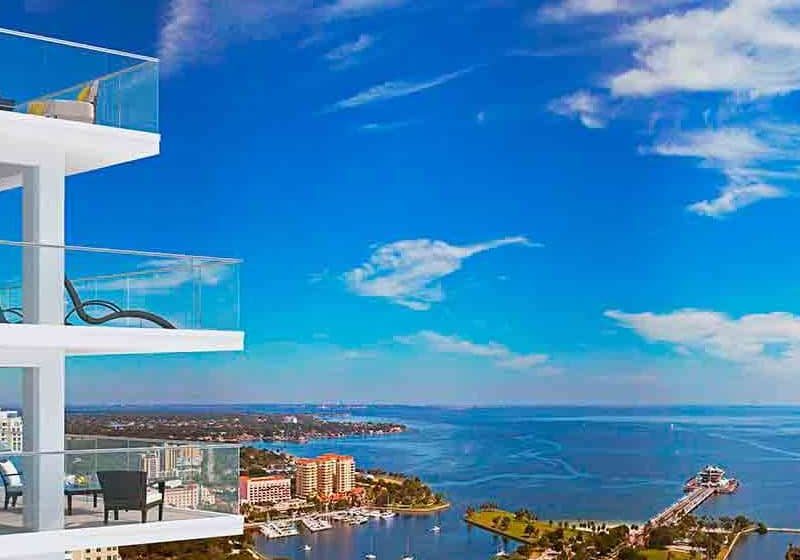ASME A17 Code Week in Florida
Mar 1, 2018

Important debates on safety carried out; news on upcoming publications released.
The American Society of Mechanical Engineers (ASME) held its first A17 Code Week of the year in Clearwater Beach, Florida, on January 8-11. The Sheraton Sand Key Resort again hosted a large group of ASME members and guests. ASME A17 Standards Committee and associated code committees, including the Mechanical Design, Electrical, Inspections, U.S. Technical Advisory Group (TAG), New Technology, QEI, Special Purpose Personnel Elevators, Residence Elevators and A18 Standards (Platform Lift) committees, met throughout the week.
Standards Committee
A large group attended the ASME A17 Elevator and Escalator Standards Committee meeting. Chair Jim Coaker presided over the January 10 gathering, which began with a short speech from Kris Dasgupta, head of development at the ASME Foundation. She introduced the ASME Standards and Certification (S&C) Scholarship Fund, the goal of which is to raise US$1 million to establish scholarships for students pursuing Mechanical Engineering or related degrees. The S&C Council kicked off the campaign in a big way by pledging US$200,000. The first scholarship will be offered once US$250,000 has been reached, and plans are for three more to come into effect at increments of US$250,000. Each scholarship will have a maximum value of US$10,000.
Escalator and Moving Walk Committee Chair Davis Turner explained that a task group is looking into whether nearby displays should be considered distracting. Hoistway Committee Chair Scott Boucher explained that his committee determined that, in response to inquiries from the industry, swingable, collapsible car-top railings are not allowed. Other clarifications made included manual reset and audible signaling.
Continuing Working Group (WG) reports, ASME Secretary Geraldine Burdeshaw updated the committee on an International Working Group that allows participants in countries outside the U.S. using an ASME standard to make recommendations for changes to A17. Next, David McColl gave updates on the publication schedule of revised standards:
- December 2017: ASME A17.1/CSA B44 Handbook on Safety Code for Elevators and Escalators
- January 26: ASME A17.2-2017 Guide for Inspection of Elevators, Escalators, and Moving Walks
- October 2019 (projected): ASME A17.1-2019/CSA B44-19 Safety Code for Elevators and Escalators
Lou Bialy gave a summary of the ISO Technical Committee (TC) 178 Plenary Meeting in New Delhi (ELEVATOR WORLD, February 2018). Then, Vincent Robibero explained WG 8 is updating electrical comparison tables for A17, EN 81 and Japanese codes. Similarly, David Evans said WG 5 is updating a revision of side-by-side code comparisons for EN 115, A17.1 and Japanese codes. Barry Blackaby updated the committee on the American Society of Heating, Refrigerating and Air-Conditioning Engineers (ASHRAE), saying that energy standards from the International Organization for Standardization (ISO) will be referenced by ASHRAE in addressing express zones. Standards Committee Vice Chair Hank E. Peelle, III spoke on EN 81/115 and A17/B44 alignment: regular task group meetings are being held, from which a technical report is to be produced.
McColl explained that the International Building Code has new requirements for emergency elevator communication systems for the deaf, hard of hearing and speech impaired that mandate all new elevators have a visual-/text-based two-way system that must be operable 24/7 and monitored. ASME has received many negative comments on these requirements and is addressing them via a task group, which is developing A17.1 language to meet the two-way communications needs. Their goal is for approval this year.
US TAG to ISO TC 178
Following the Standards Committee meeting, Bialy, chair of the US TAG to ISO TC 178 (A17 International Standards Committee), explained that WGs have been and are currently busy updating, reviewing and revising various ISO standards. This is particularly true of ISO 14798, so it can meet the state of the art in risk assessment and reduction; address the mitigation of risks pertaining to the application of Programmable Electronic Systems in Safety Related Applications for Lifts and Safety Integrity Level-rated design; and guide users, using relevant examples for assistance. “I think this will bring the elevator industry in line with other advanced industries,” he added.
New Technology
The A17.7/B44.7 New Technology Meeting commenced on the morning of January 11. Chair David McColl explained that the Global Essential Safety Requirements for escalators and moving walks are close to being finished. The question of AHJs not accepting updated standards when their adopted code requires an older version was also debated, and several members gave related anecdotes. It was agreed that newer codes should always be accepted, though some members said this is not always the case. Bialy said “more education is needed” for AHJs to prevent situations in which new codes may be improperly superseded by older ones. Accredited Elevator and Escalator Certification Organizations could be helpful in the educational process.
The next A17.7/B44.7 Performance-Based Safety Code for Elevators and Escalators is to be published within three years. Reviews of material to be included will commence at the next meeting of the committee.
Next Meetings
Future ASME Code Weeks are coming up on May 14-17 in Palm Springs, California; October 1-4 in San Antonio; and again in Clearwater Beach on January 7-10, 2019.
Get more of Elevator World. Sign up for our free e-newsletter.









